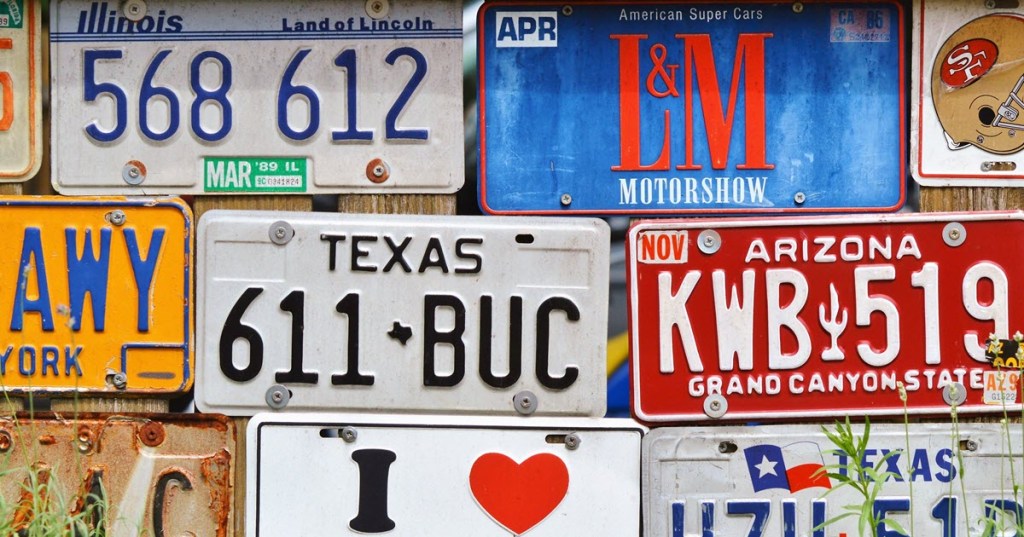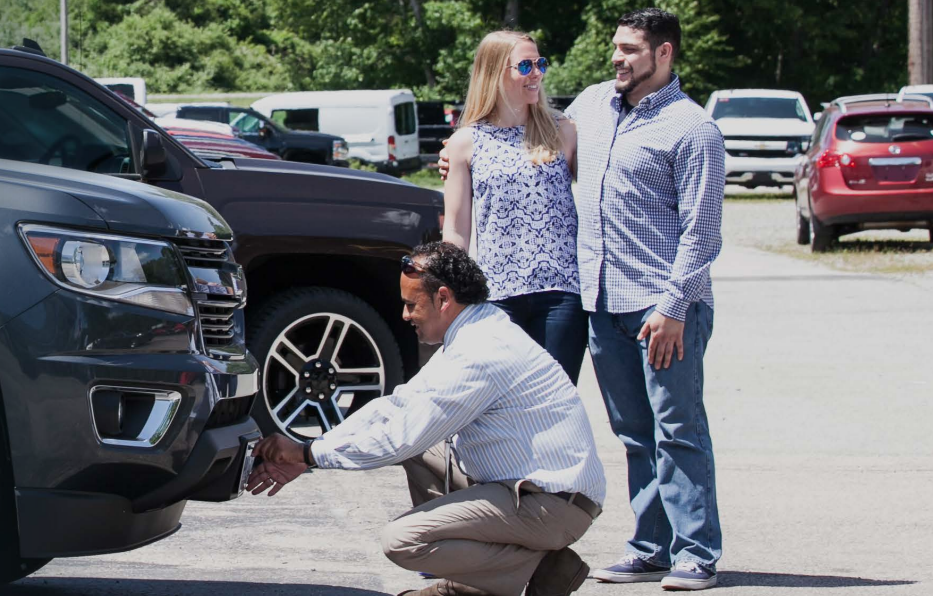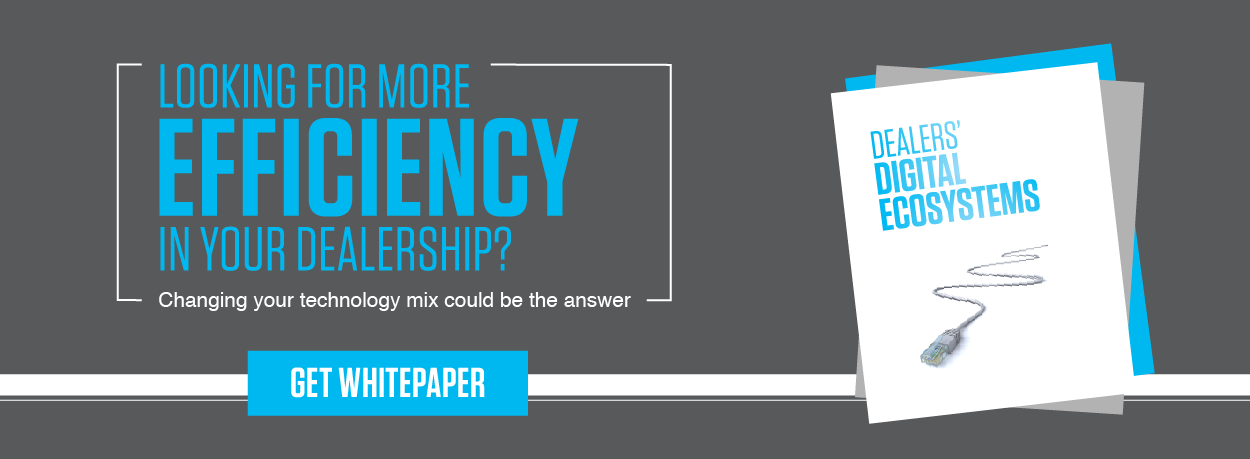Your dealership’s online presence has done its job and brought in a customer from several states away who’s been looking for a vehicle of the exact make, model, trim and color that you have on your lot. The deal goes smoothly, the transaction is almost done, and now it’s registration and titling time.
Because your dealership prides itself on customer service, you look to provide all customers with a hassle-free experience that includes reg and title work that saves from a trip to the DMV. But not all states are the same when it comes to deal closing.
Let’s face it: it’s nearly impossible for back-office folks at the dealership to know the ins and outs of registration and titling for all 50 states. Among different states you’ll find a wide variety of taxes, rules for categorizing certain vehicles, inspection requirements and exemptions, and insurance regulations. Each state has its own set of required forms that often include rules about who can sign them and when.
Even if you made a dedicated effort to learn about the hundreds of rules and forms needed to cover every state, you’d find it to be a moving target as regulations change and so do forms.
So, what can you do to provide a high level of service for every customer – including registration and title – and gain the CSI scores to show for it? Many dealerships are choosing to add 50-state registration and titling solution to their back-office toolkit.
With the right technology, your dealership can be prepared to welcome customers from anywhere in the country. Be sure to look for a solution that can:
- Guide you through the necessary registration and title steps and transactions for each deal.
- Compare deals side by side to help customers choose the option that’s best for them.
- Identify and provide the exact documents that each deal requires.
- Confirm data accuracy as you go along to eliminate the need for later corrections.
- Progress deals quickly and give you the ability to monitor their status so you’ll know when they’ve been completed.
With a reliable cross-border registration and title solution in place, you can support your dealership’s commitment to customer service while gaining efficiency for deal completion and back-office productivity.
Dealertrack RegUSA® simplifies complex out-of-state deals for customers in any state. Find out how!








